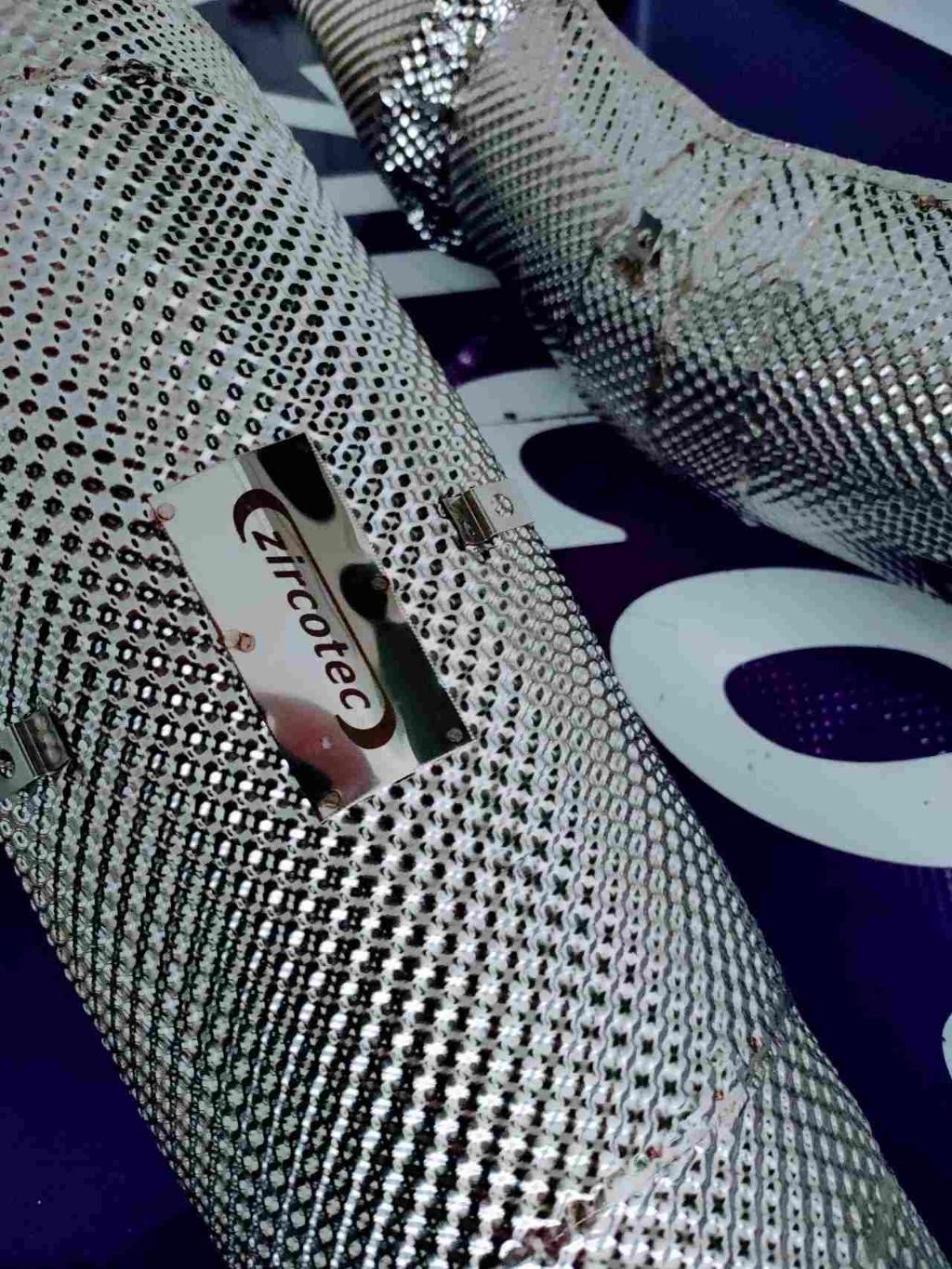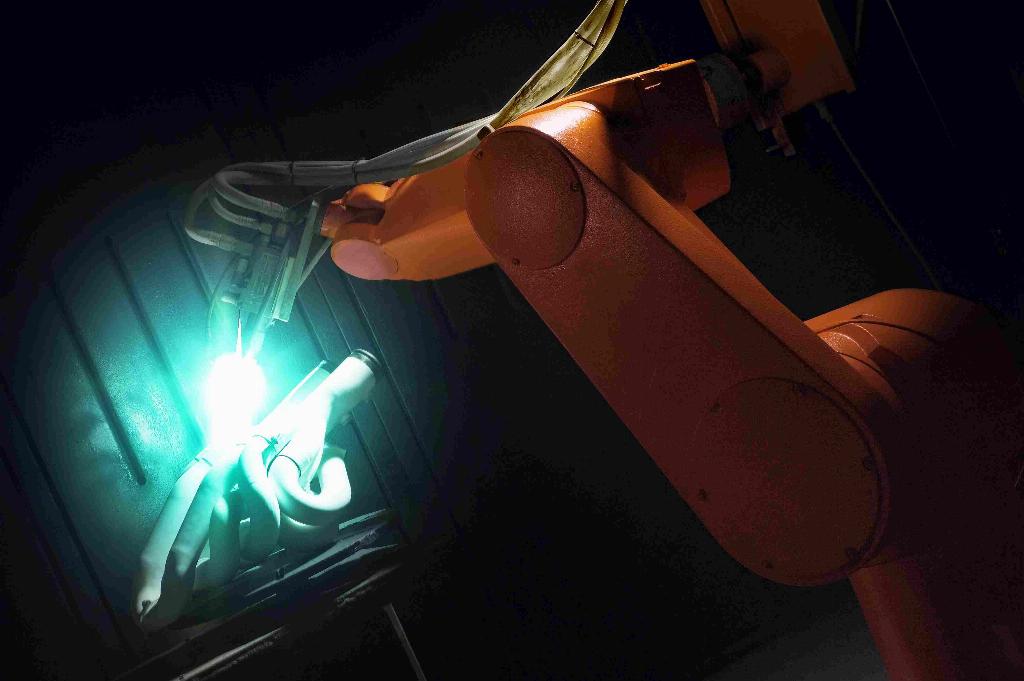Coatings that beat the heat!

Heat management and plasma spray coatings specialists, Zircotec, reveal how its high performance surface coatings technology is helping to change the landscape for high performance composites applications.
The use of composite insulation systems is one that is now widely adopted by manufacturers around the world from the motorsport industry to electric vehicles and batteries to provide a vast array of material benefits to the composite structures and materials being used in production that previously wouldn’t have been possible.

Whilst composite materials are used for their own benefits of lightweighting and enabling high strength design to function well in most industry applications, they require additional properties, such as extreme temperature resilience, flame proofing and dielectric capabilities to name a few.
For motorsport, high-end automotive manufacturing industries and alternative fuel technologies, composite insulation systems are used mainly as heat shields and act as thermal barriers to coat exhaust systems, brake duct surrounds and enclosures where temperatures can reach up to 1,200°C and are within millimetres of composite structures. Used without the thermal barrier, composite materials would be too prone to damage as the binding resin exceeds the thresholds of stability and so loses its functionality at high temperatures and the composite delaminates. With the ability to enhance the temperature resilience of composites materials to such a degree, manufacturers can replace traditional metallic materials with composite materials to build not just race cars bodies, but also engine and exhaust system components close to heat sources.
Obviously, more lightweight design means less drag and more speed but also by limiting the transfer of heat from the exhaust to other under bonnet components prevents damage to surrounding components. This means materials used for other parts of the engine can also be made of less heat resistant materials as sensitive components are protected from degradation from heat soak and reduced performance of parts.
Promoting the coating
Coatings also provide physical protection to vulnerable surfaces, helping to prevent wear and abrasion and enabling increased longevity of parts which has a huge impact on cost and time saved. All in all, real improvements are made to the efficiency and effectiveness of vehicles as a whole.

Heat management and plasma spray coatings specialists, Zircotec, has been working in partnership with a leading engine manufacturer to carry out research to test the temperature resilience of composite structures and materials that have been coated with Zircotec’s thermal barrier composite coatings.
During the research, data was collected over many months and the findings were astounding. Further to the existing known benefits that a heat shielding solution would deliver, ZircoFlex SHIELD achieved results that far outweighed any competing solutions in the same application. These included a 35% improvement in heat shielding, at half the thickness of the next bestselling heat shield manufacturer and up to a 125°C reduction in surface temperature in exhausts.
Measurements showed conclusively that ZircoFlex SHIELD had significantly better thermal performance at a lower weight (by 40%) and lower volume (by 46%) enabling engines to run more efficiently and the cars to travel significantly faster. It perfectly balances the requirements of thermal performance against weight and space.
“Our development programmes have enabled us to apply our ceramic coating technology to lightweight products, to support motorsports ever increasing ambition for evolution,” states Zircotec’s sales and marketing director, Graeme Barette. “Our coatings are plasma applied using a top of the range robotic system, giving ultimate quality and thermal barrier efficiency for incredibly demanding and extreme performance applications. The thermal barrier coatings can also be applied by the plasma spraying process, producing coatings that are denser and with higher bond strengths.”
Zircotec has refined its plasma-spray coating technology to allow metal and ceramic coatings to be applied to carbon composite, glass-fibre and a range of plastic materials. The plasma-based application process results in coatings that are bonded to the composite which makes them highly robust, resistant to vibration and mechanical damage, and tolerant to significant flexing of the substrate.
Creating a functional layer on substrate material means it will take on the properties of the material it covers. So a broad spectrum of industry applications including surface engineering are possible for use of composite insulation systems, especially when compared with more traditional metallic encapsulated systems.
The company has a strong presence in F1, NASCAR, WEC, DTM and other motorsport teams due to its widely used ThermoHold technology. The company is now receiving a lot of interest from other industries, such as electric vehicles sector, oil & gas, marine, power generation and aerospace. And last year’s move to a new factory has given Zircotec the production and R&D capacity to meet these needs and develop new applications.
Keeping composites covered
The right coatings confer an abundance of advantages above and beyond heat shielding and Zircotec has applied its coating expertise to a range of industry coatings with different performance characteristics that include: Dielectric properties for the inner coatings of automotive and aerospace composite battery casings which provide improved thermal characteristics to promote heat transfer whilst negating unwanted electrical discharge; Increasing the strength, resilience and wear and tear of natural fibres; Flame proofing when combining with ceramic or metallic layers, with again, valuable conducting properties; Radio Frequency (RF) and Faraday cage protection of defence nacelles, shielding in MRI scanning rooms and ceramic battery coatings that shield carbon composite components with a weight saving of up to 4kg per m2 compared to aluminium.
Enabling hybrid and electric vehicles manufacturers to use carbon or plastic composite battery casings rather than the much heavier aluminium solution is a key benefit as the battery system is one of the heaviest components of the car. Composites, and indeed other substrates, can be transformed into Faraday cages if covered in the right coatings, which opens up a range of novel applications.
Composites have fantastic properties which are very well understood and the applications in a range of industries are advanced. However, covering the surface with the right chemistry is increasing their use exponentially, enabling applications that the early developers could only dream about. Watch this space.








